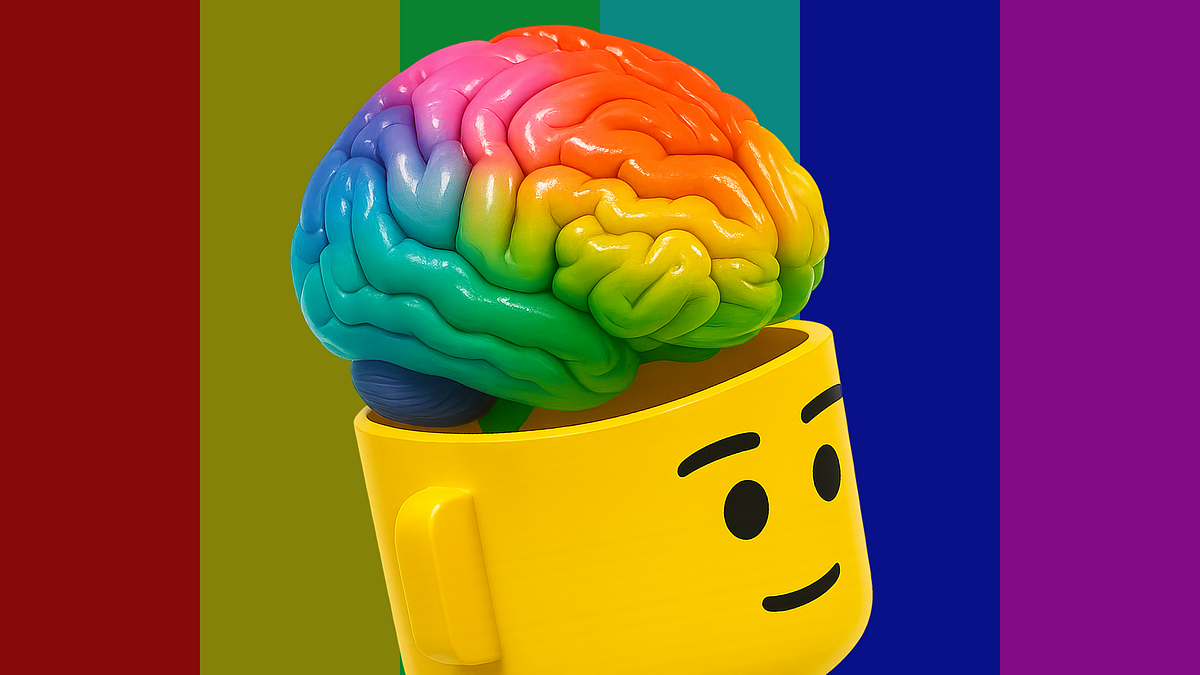
"So I'd like you to notice something: by the time you already felt a slight sense of alert from seeing the red color, your brain still needed another 200-300 milliseconds to fully decode what was actually happening. And now, my dear designers, I invite you to try a little experiment. Take any interface design and increase the duration of all animations by 250 milliseconds. You'll instantly feel how even such seemingly tiny time differences can dramatically change your perception of what you see."
"Color doesn't actually exist in nature. Yes, that's right: leaves aren't really green, the sky isn't truly blue, and even an emerald isn't actually green. All of this is an illusion. Our brain's interpretation of light according to an article Where Perception Meets Reality: The Science of Measuring Color. In reality, what we see is not color but light. Depending on the wavelength of that light, the cone receptors in our retina are activated in different ways."
Human visual processing requires an additional 200–300 milliseconds after an initial alert from a red color to fully decode what is happening. Small increases in animation duration, such as 250 milliseconds, can noticeably alter perceived motion and timing in interfaces. Color perception combines subjective experience with objective measurement: cone cell types and quantities vary between individuals, producing differences in shade discrimination and rare conditions like monochromatic vision caused by missing cones or brain damage. Color is not an intrinsic property of objects but a brain-generated interpretation of light wavelengths that differentially stimulate retinal cone receptors.
Read at Medium
Unable to calculate read time
Collection
[
|
...
]